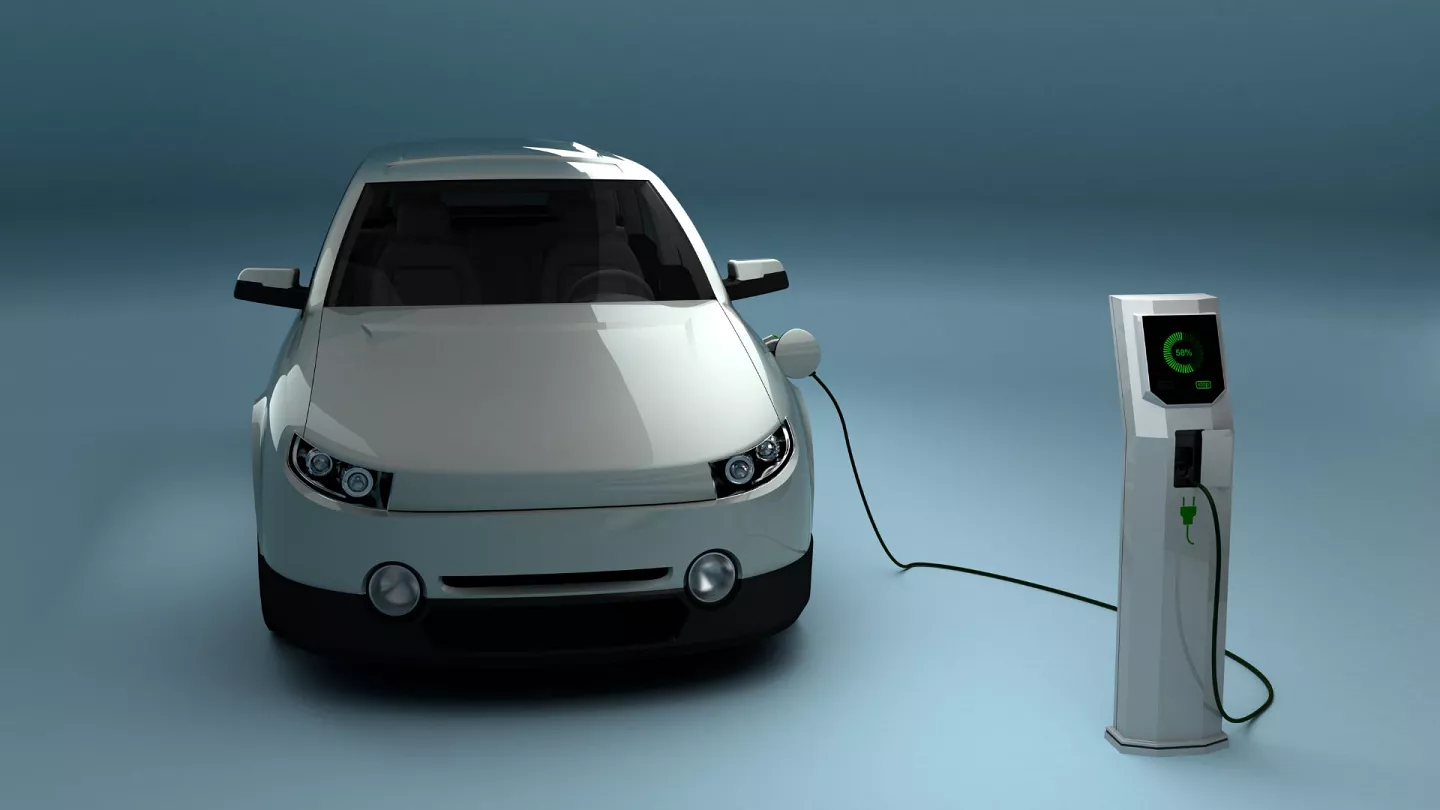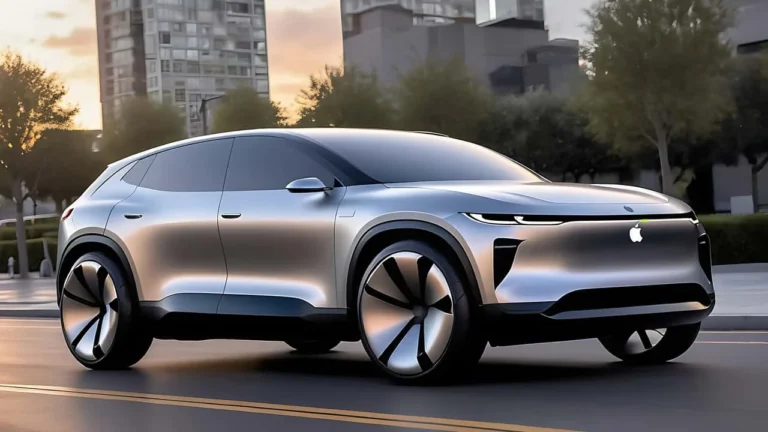Introduction
The Rise of Electric Vehicles: The automotive industry is undergoing a significant transformation as electric vehicles (EVs) gain momentum worldwide. In this article, we explore the factors driving the rise of electric vehicles, their impact on the automotive landscape, and the future outlook for EV adoption.
Table of Contents
Understanding Electric Vehicles
1. What are Electric Vehicles?
Electric vehicles are automobiles powered by electric motors, using rechargeable batteries or fuel cells to store and convert energy into motion. Unlike traditional gasoline-powered cars, EVs produce zero emissions during operation, making them environmentally friendly alternatives.
2. Types of Electric Vehicles
There are various types of electric vehicles, including battery electric vehicles (BEVs), plug-in hybrid electric vehicles (PHEVs), and hybrid electric vehicles (HEVs), each utilizing different propulsion systems and energy sources.
Factors Driving the Rise of Electric Vehicles
1. Environmental Concerns
Growing awareness of climate change and air pollution has spurred demand for cleaner transportation alternatives, driving interest in electric vehicles as a sustainable solution to reduce greenhouse gas emissions.
2. Technological Advancements
Advancements in battery technology, including increased energy density and reduced costs, have made electric vehicles more affordable and practical for consumers. Additionally, improvements in charging infrastructure and range capabilities have addressed concerns about EV accessibility and convenience.
3. Government Policies and Incentives
Governments worldwide are implementing policies and incentives to promote electric vehicle adoption, including subsidies, tax incentives, and emissions regulations. These measures aim to accelerate the transition to a low-carbon transportation system and reduce reliance on fossil fuels.
Impact on the Automotive Industry
1. Disruption of Traditional Manufacturers
The rise of electric vehicles has disrupted the automotive industry, challenging traditional manufacturers to adapt to changing consumer preferences and technological advancements. Established automakers are investing heavily in EV development and production to remain competitive in the evolving market.
2. Opportunities for Innovation
Electric vehicles have opened up new opportunities for innovation in automotive design, engineering, and manufacturing. From lightweight materials to autonomous driving technologies, EVs are driving innovation across the industry and shaping the future of mobility.
Future Outlook for Electric Vehicles
1. Continued Growth and Expansion
The electric vehicle market is poised for continued growth and expansion, driven by ongoing technological advancements, supportive government policies, and increasing consumer demand for sustainable transportation options.
2. Market Competition and Evolution
As electric vehicles become mainstream, competition among manufacturers is expected to intensify, leading to further innovation, lower costs, and broader accessibility. The automotive landscape will continue to evolve as EVs redefine the way we commute and travel.
Conclusion:The Rise of Electric Vehicles
The rise of electric vehicles represents a pivotal moment in the automotive industry, signaling a shift towards cleaner, more sustainable transportation solutions. As EV adoption continues to accelerate, the future of mobility promises to be electrifying.
FAQs :The Rise of Electric Vehicles
1. Are electric vehicles more expensive than traditional gasoline-powered cars?
While electric vehicles may have a higher upfront cost, lower operating and maintenance expenses, along with potential government incentives, can offset the initial investment over time.
2. How long does it take to charge an electric vehicle?
Charging times for electric vehicles vary depending on factors such as battery size, charging infrastructure, and charging method. Fast chargers can charge EVs to 80% capacity in as little as 30 minutes.
3. What is the range of electric vehicles on a single charge?
The range of electric vehicles varies widely depending on the model and battery capacity. Modern EVs can typically travel anywhere from 100 to over 300 miles on a single charge, with advancements in battery technology continually improving range capabilities.
4. Are there enough charging stations for electric vehicles?
Charging infrastructure for electric vehicles is rapidly expanding, with governments, businesses, and utilities investing in the deployment of charging stations to support EV adoption. However, challenges such as range anxiety and charging accessibility in rural areas still exist.
5. How do electric vehicles compare to traditional cars in terms of performance?
Electric vehicles are known for their instant torque delivery, providing quick acceleration and responsive driving performance. Additionally, the absence of internal combustion engines results in smoother, quieter rides compared to traditional gasoline-powered cars.
{finish}
Focus Keywords: Electric vehicles, rise, automotive industry, impact, future, FAQs.
SEO Title: cccc: Transforming the Automotive Industry.
Slug: rise-electric-vehicles.
Meta Description: Explore the rise of electric vehicles and their transformative impact on the automotive industry. Learn about the factors driving EV adoption, market trends, and future outlook.







